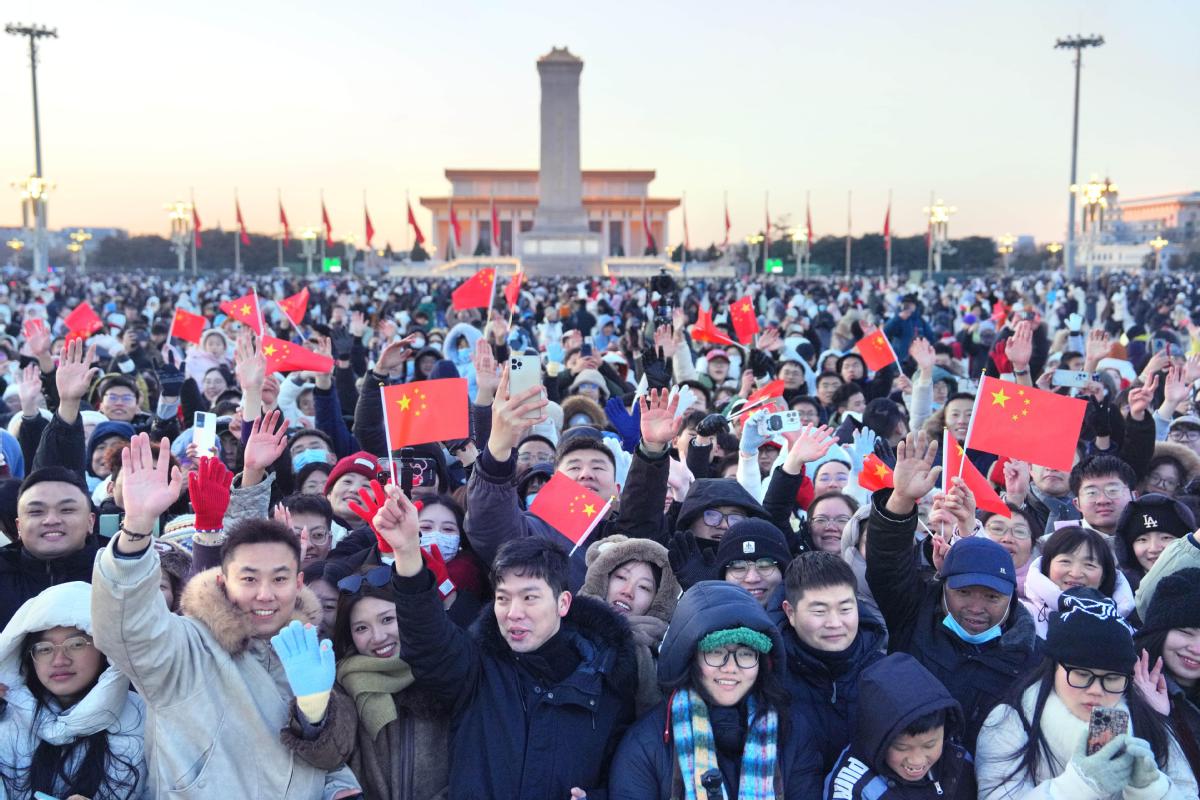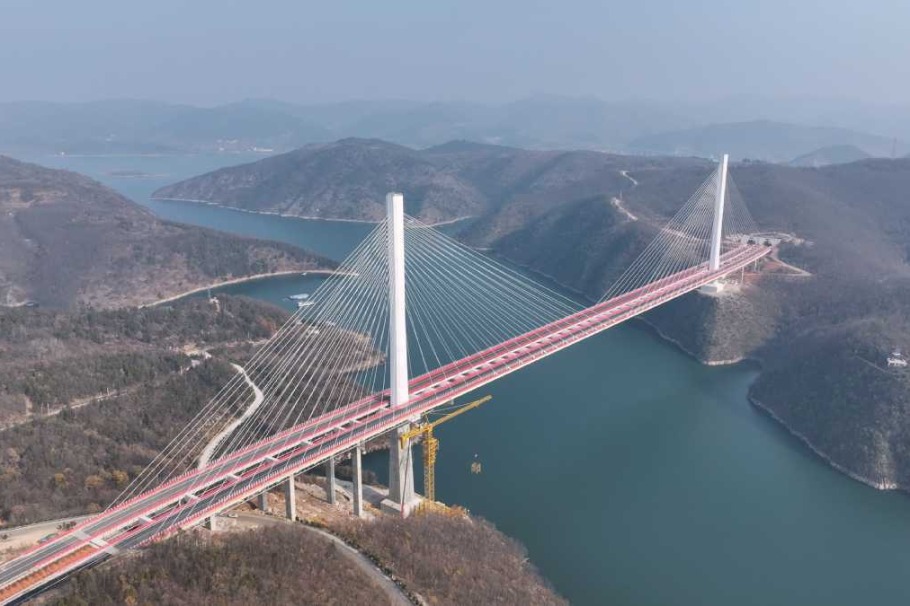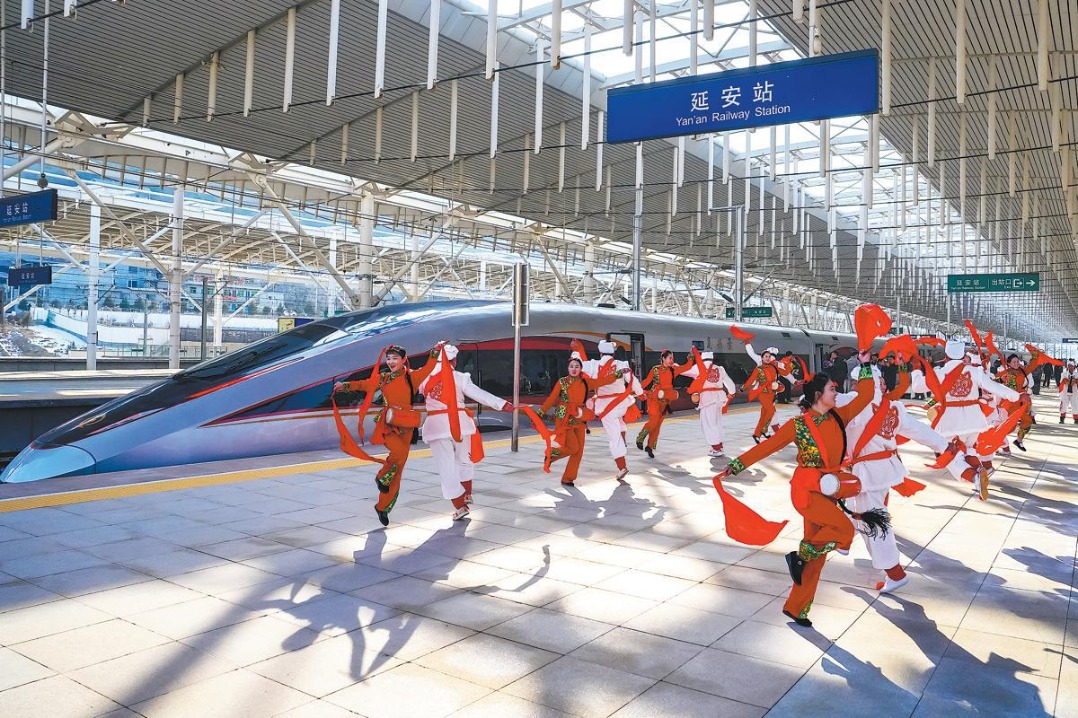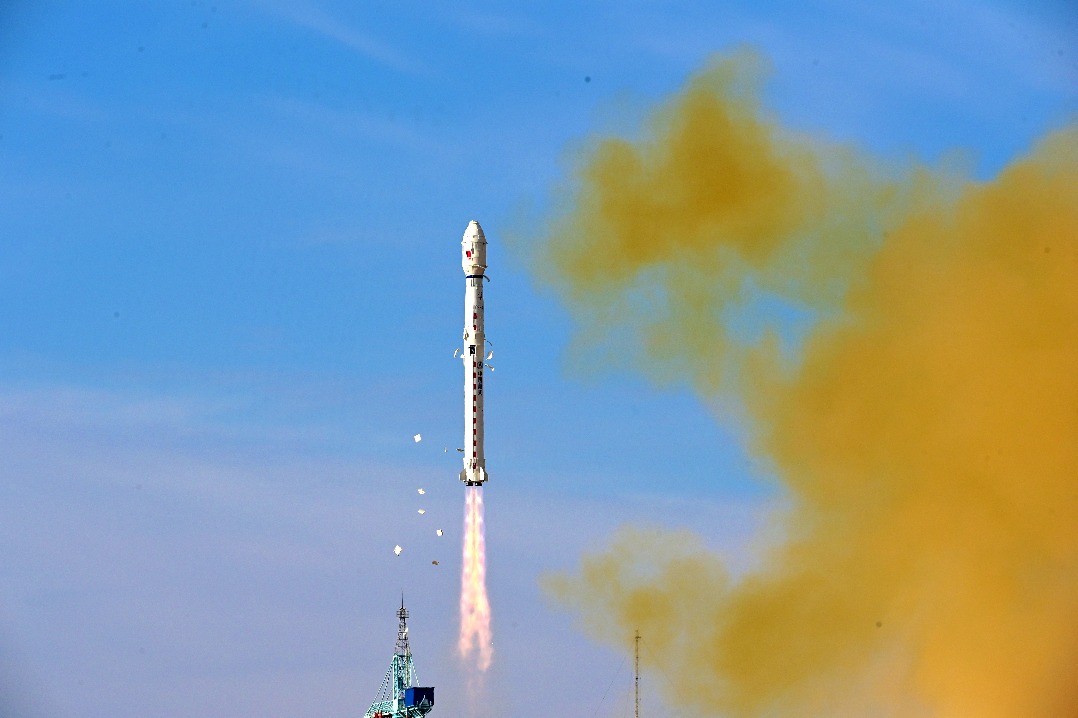HK must change to embrace the real world


The conception and policy planning for the Greater Pearl River Delta region have been around for decades. It has tried to integrate Hong Kong and Macao with the nine cities in the Pearl River Delta region within Guangdong province before and after the 1997 return of the former colonies to China. However, little had been achieved despite increasing flows of factors of production across the borders moved by market forces. Part of the reasons for the intensifying of exchanges without long lasting integration is that the development of the region had been dominated by industrial processing of multinational corporations with short-term profiting maximization orientation. They have not been interested in local industrialization that builds up technology, skills and stronger foundation for further industrial growth. The factories they helped to establish represent enclaves with mostly overseas supply chain connections rather than local cluster support, and they deserted the factories easily in pursuit of lower costs offered in other places within and without the region. Dongguan has been the typical example of this kind of enclave-like industrial processing activities with foreign direct investment from multinational corporations via the middleman role of Hong Kong investors. Competition for quick economic results among local authorities in the region has further increased the production fragmentation from industrial processing. Fortunately, China is not just another low production cost country for easy exploitation by multinational corporations. Local authorities and Chinese firms have taken the opportunities of reform and open door policy to undertake import substitution and industrial upgrading utilizing imported technologies and key components. In parallel with the growth of industrial processing, the cities have also developed a strong local industry for exports ranging from conventional industrial products to new information technology equipment and devices with localized upstream and downstream linkages. A metamorphosis has been emerging in the region, particularly, in Shenzhen, which has become the "hardware Silicon Valley" of the world, but without the active participation of Hong Kong or Macao (which, of course, has the function of Hong Kong as the widow to the world of businesses, technologies and consumption). By virtue of this metamorphosis Shenzhen has expanded its urban and economic scale overtaking Hong Kong and Guangzhou.
It is also because of this metamorphosis that the conventional conception of the Greater Pearl River Delta region of catching up industrialization has changed to the Guangdong-Hong Kong-Macao Greater Bay Area; the latter seems to borrow from the examples of the US Bay Area and the Tokyo Bay Area, the most advanced and innovative regional economies in the world. As Hong Kong has experienced sluggish growth in the two decades in the post-1997 era, there have been demands for it to embark on a new trajectory that could restore growth and development dynamism to the city economy. The Greater Bay Area is thus the grand strategy for a more innovative and strategic integration of the cosmopolitan Hong Kong (and Macao) and the dynamic Pearl River Delta cities led by Shenzhen. The goal is forward looking — to compete with the advanced city regions of the world in a post catch-up stage of development.
Shenzhen has been spending more than 4 percent of its gross domestic product on research and development spending, on par with the world's leading R&D economies of Israel and the Republic of Korea. It has linked up with Guangzhou and Dongguan to develop a science and technology zone for coordinated development. Hong Kong will join to provide crucial international element and perspective, as well as the financial intermediary functions that would service new startup entities sprung out from the regional efforts.
There's yet to have detailed planning of the development of the Greater Bay Area apart from a general framework of cooperation. The joint outline plan has specified seven areas of development, broad enough to accommodate all new ventures in many yet to be developed fields. What's needed are concrete steps of progress for making strategic choices and implementation. Hong Kong and others could not embark on all possible areas with the same force. There should be priorities and emphases, each has to choose and dwell on. The principle, however, should be a departure from the laissez faire policy that has been responsible for the segregation and fragmentation of the previous period. The Greater Bay Area is a broad and strategic policy, but it faces challenges of hostility of the US and its close allies against trade and technology transfers with China, the Greater Bay Area being no escape from the growing US sanctions and restrictions. The cases of Huawei and ZTE, both from Shenzhen, are just the beginning of the politico-economic pressures from the US. The Greater Bay Area, because of its spearhead function in China's development, would not be able to move ahead freely like in the past. To overcome the coming challenges and move fast to avoid being blocked by unfair measures, it needs to coordinate its resources and efforts in more strategic, efficient and effective ways. Japan and South Korea have provided good examples of coordinated development of strategic industries and regional economies. China itself is a successful model of industrial upgrading by planning and coordination. Even Shenzhen and Guangzhou have been doing well with strategic industrial targeting.
In intensive competition and with the interference of political factors, industrial and economic development could no longer follow the 19th century mercantilist laissez faire policy that favors capital rather than local and regional economies. To fit into the Greater Bay Area, Hong Kong needs to undergo metamorphosis like Shenzhen and the Pearl River Delta as a whole. For finance, it has to broaden and deepen. For services, it has to introduce greater knowledge intensity and innovativeness. For industries, it needs to reindustrialize with more R&D inputs. For international relations, it has to go beyond the Anglo-Saxon and the "Five Eyes" alliance and embrace the real world. For regional coordination, it has to change its hitherto passive, reluctant and bureaucratic attitude and to work with the Pearl River Delta cities with greater initiatives and commitment. An indicator for this possible metamorphosis would be the tabling of comprehensive and sector specific plans for cooperation with its regional partners by the Hong Kong SAR Government after full consultation and deliberation with the local stakeholders. This may be a new start for Hong Kong but essential if Hong Kong would work with the Pearl River Delta cities to make the strategic upgrading of the region possible. Without Hong Kong's active participation, Shenzhen and others could still move ahead as evidenced in the past decades. Hong Kong would then become not so much an asset for China but a burden, economically and politically with the risk of a repetition of the sociopolitical disturbance of 2019.
The author is the director of One Belt One Road Research Institute, Chu Hai College of Higher Education, Hong Kong.
The views do not necessarily reflect those of China Daily.



































